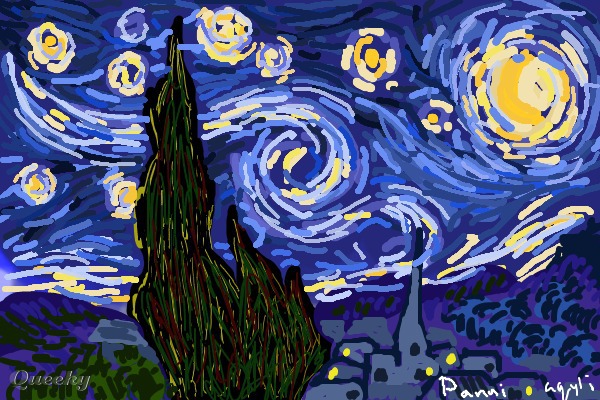

But at the same time, I had some problems with it. The nice thing about the pictures is that they can scale up or down as you zoom in or out, and they can even be adjusted for brightness. In addition, rather than simply show little colored ovals or squares or circles that designate the space the object appears to be in along with some position angle and relative size, you can also choose to include pictures of many of the objects. You can easily overlay catalogs such as “Finest NGC objects”, NGC Catalog, and Messier Objects at few clicks of the button. The layering of display options is really rich. But find it I did, young Skywalker, and now it starts the way I like it to start. The dialog to save these settings was under the “Options” Menu, and I had to look around to find it. In addition to this, you can also set up you display to your preferences and save a “Default” setup, but I will tell you now that the process for doing this was not intuitive. You can have numerous favorites for different seasons or different kinds of observing routines. You can save this as a “Favorite” view and pull it up whenever you choose. You can tailor up a special display maybe for summer galaxies that has settings that provide you with the optimal settings for that kind of observing. You can include Constellation boundaries, Alt-az coordinates, RA and DEC lines, and just about anything else you choose. You can change the COLOR of almost anything. You can control virtually any aspect of the way the screens appear. It has scads of features that are VERY appealing to people that use Planetarium programs.Ĭontrols are numerous and useful. As Simon would say about a good performance: “It’s very nice actually… I rather enjoyed it.” As it turns out Starry Night Pro is a reasonable Planetarium program.
#Starry night pro to draw software#
These apparently are two different things.įirst, the review of the Planetarium software that Imaginova Canada sells.

Why do I want you to repeat that? I want you to repeat that because I am doing TWO reviews here… The first review is on the software that I purchased, and the second was on software that I WANTED to purchase. Stand back and marvel at your beautiful Starry Night masterpiece! These look wonderful when mounted on a classroom bulletin board, or framed with black construction paper.“Planetarium Software”… Repeat that. Add in a little light blue to highlight areas in the darkness. Use dark colors in the background and whites and yellows for the buildings. Overlap the colors a bit in the middle and blend them a little.Ĭolor in your village. Black down the left side and purple down the right sides.

Use black and purple to add shadow and depth to the image in the foreground. Use darker yellows to draw in your Moon and Stars along the path of the glue. Highlight with white and yellow on top of your blues and for your stars.
#Starry night pro to draw how to#
Show children how to choose a variety of different hues of the same color to create depth and interest. Use different colors of clue and white a long your lines. When you draw over the glue, you’ll begin to see different textures coming through When your glue is dry, provide children with Oil Pastels.īegin to draw over the lines you made with your glue. It will almost disappear but you’ll still be able to see it and feel it. Make the stars with circles and curved lines radiating outwards from them.īe sure to add in the moon and lots of stars, making sure your glue is moving around them, and filling in all the empty space with movement.Īllow your glue to dry for a few hours. The starry sky is in the background so be sure you draw with the glue so that it appears behind the shapes.Ĭontinue buiding your image with glue. Keep the path continuous behind the tree as it is in the foreground. We are basically outlining things that we can add color, texture and detail too later on.īegin to add in some swirls in the background. These are simpl shapes without much detail.

It might help to view Van Gogh’s Starry Night painting while you draw.Īdd in your horizon line, accounting for the hills and the village below. This will outline the main tree and the village in the distance. Using your white glue, begin to draw the dark shape in the foreground.


 0 kommentar(er)
0 kommentar(er)
